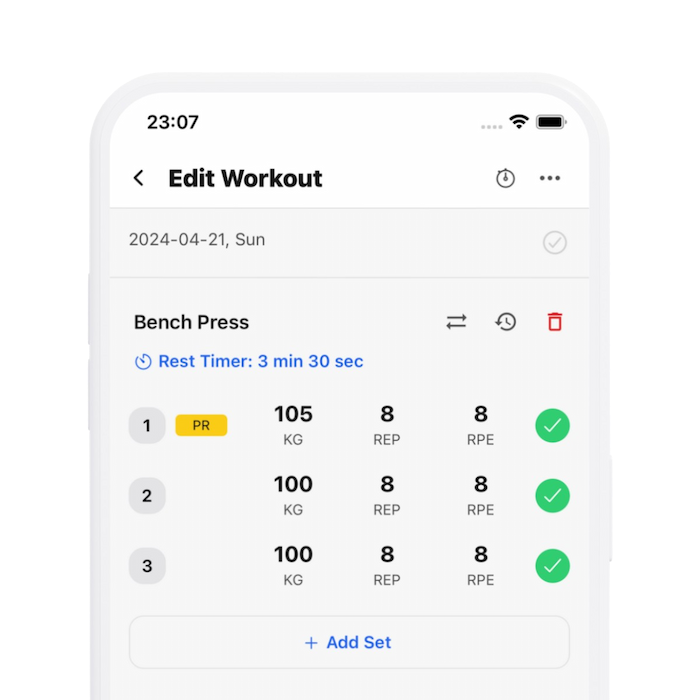30 Seconds SummaryHow Many Reps Can People Really Do at Specific 1RM Percentages?
- Researchers conducted a meta-regression to update how many reps can be performed at specific percentages of 1 Rep Max (1RM) across different exercises.
- The study analyzed 962 rep-to-failure tests from over 7,000 individuals across 92 studies, focusing on exercises like the bench press and leg press.
- Results indicate that the number of reps performed at a given percentage of 1RM can be higher than what older loading charts suggest, particularly at moderate loads (e.g., 70% 1RM).
- Significant interindividual variation in rep performance was observed, meaning different people can perform a varying number of reps at the same percentage of 1RM.
- Exercise specificity was a significant influence; for example, more reps can be done at the same percentage of 1RM in leg press compared to bench press.
- The findings suggest that older loading charts (from the 1990s) are outdated, especially since they do not account for interindividual variability or exercise specificity.
- Given the variability, the use of autoregulative tools like repetitions in reserve (RIR) and velocity-based training might offer more personalized loading options.
- Still, updated loading charts based on recent data can provide valuable starting points for programming, especially in settings like team sports or for beginners.
- Creating individual loading charts based on personal max reps at specific percentages can improve the accuracy of training prescriptions.
Stronger By Science
Michael Zourdos
